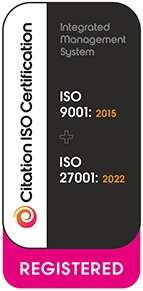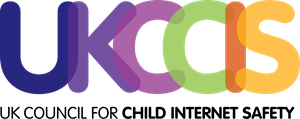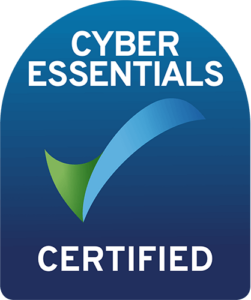Comment by Bernard Snowe – CEO of online safeguarding provider Securus Software
“The impact of the Coronavirus on schools, staff and pupils has been significant and may have changed the way education is delivered for good. Remote learning, access to IT, monitoring of vulnerable children outside of the school environment and the mental health and wellbeing of all concerned are some of the many challenges that school leaders have had to grapple with since the first lockdown over 12 months ago.
The internet has never been more important to deliver teaching and keep in touch with pupils and has played a fantastic role in achieving amazing results for many schools. Equally, child safety agencies and safeguarding bodies have reported a marked increase in threats and incidents of predator grooming along with mental health issues due to children and young people, especially those who are vulnerable, being isolated during the pandemic.1 Europol reported an increase in offenders attempting to contact young people via social media since the outbreak of the virus.2All of this has placed an even greater emphasis on schools requiring a robust safeguarding strategy that includes a comprehensive approach to tackle the risks associated with the online world.
The Department of Education (DfE) continues to insist that “Governing bodies and proprietors should be doing all that they reasonably can to limit children’s exposure to risks from the school’s or college’s IT system. As part of this process, governing bodies and proprietors should ensure their school or college has appropriate filters and monitoring systems in place”. (source: DfE, Keeping children safe in education (2020), updated January 2021)
Safeguarding in the classroom, and indeed remotely, is a day-to-day challenge. Daily communication between pupils has moved online making the various risks faced by them harder to identify. The online environment frequently offers a place for problematic behaviour to take place under the cover of a digital utopia where we are all connected as ‘friends’.
Although the DfE recognises the need to protect children while using school IT systems by monitoring, there still exists some confusion about what monitoring means and how it differs from filtering, a requirement that was already in place. To be clear, the act of monitoring in this case refers quite simply to keeping watch on the children in your care to limit their exposure to risks whether in the physical world or the online one.
Online we have the benefit of being able to do this systematically by putting software systems in place that monitor for us. Unlike the playground, software systems can keep eyes on all the children in our care at the same time. This is not a big-brother technique, the software systems that monitor do so based on specific parameters under the control of the school. We don’t want or need to see each and every interaction between children, but we do want to see a cry for help or recognize a situation that may be getting out of control before it’s too late. In many cases the systems used are those that use word and phrase captures with actual evidence in the form of screen shots and additional information based on a library of words built from a range of sources to flag up potential problematic or worrying behaviour. This is exactly what Securus does and this is why monitoring software plays such a key role for schools, working in the background and highlighting a potential risk or concern so that schools can act quickly and appropriately!
So again, how does monitoring differ from filtering? The very necessary act of filtering blocks pupils from visiting inappropriate websites via the internet but does not cover the use of everyday software applications and messaging systems. Filtering plays an important role in simply not allowing access or exposure to harmful or distressing material as well as protecting networks from other forms of web threats. It is important to note here that filtering and monitoring focus on different but equally important safeguarding tasks and should go hand-in-hand.
However, we are all increasingly aware young people are digitally savvy and their use of technology is now often central to the learning experience, so the safe use of this technology is paramount. Schools also increasingly promote Bring Your Own Device (BYOD), also seen as a positive step. For all these reasons, a comprehensive monitoring solution that not only covers software applications but also the full range and variety of devices such as iPads, Androids & Tablets, and one that can monitor remotely and provide the necessary richness of information is no longer an option but a “must have” alongside the filtering software in place.
Monitoring is not just about what is happening right now but also spotting patterns of behaviour, distinguishing between accidental and deliberate access to or use of inappropriate content where ‘context’ is key and can provide clear signals about what might be emerging as a potential future issue.
Therefore, taken together, a robust monitoring solution alongside the filtering system in place is not only keeping a school aligned to statutory duties but provides staff with the necessary tools to demonstrate the very best practice in safeguarding pupils and staff”.
1 https://learning.nspcc.org.uk/news/covid/supporting-children-young-people-mental-health
2 Europol (2020) Catching the virus: Cybercrime, disinformation and the COVID-19 pandemic. [Accessed 13/01/2021].
For more information, please get in touch here or call us on +44 (0)330 124 1750.







